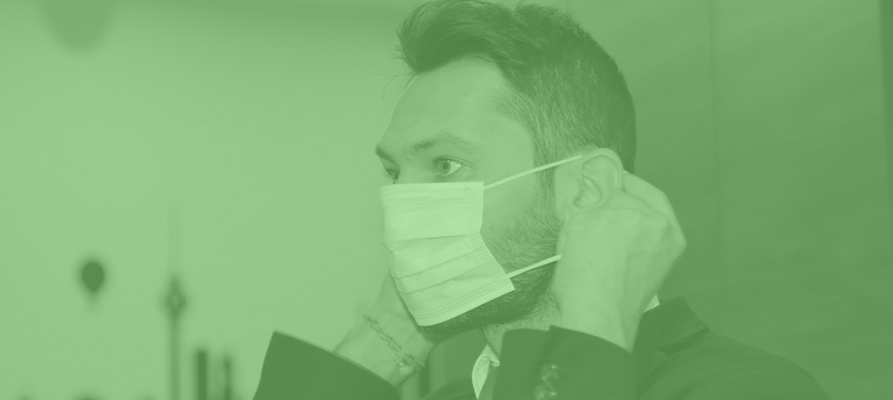
COVID-19 and work faqs
If a worker is due to go to work but develops COVID-19 symptoms, what should they do?
The worker should:
- contact their employer to inform them that they are unfit to attend work
- immediately begin a 10-day self-isolation, and everyone living in their household should begin a 10-day self-isolation.
- visit https://www.nhs.uk/conditions/coronavirus-covid-19/testing-and-tracing/get-a-test-to-check-if-you-have-coronavirus/ to book a drive-in or home test
- upon receiving a negative COVID-19 test, stop self-isolation for themselves and for their household, and if they feel well, return to normal activities
- upon receiving a positive COVID-19 test, continue to self-isolate until the end of the 10-day period
If a worker begins to experience COVID-19 symptoms while working, what should they do?
The affected worker should:
- immediately distance themselves from any colleagues or customers
- return to their home immediately
- avoid using public transport
- avoid touching anything as far as possible
- cough or sneeze into a tissue and put it in the bin, or if they have no tissues, then cough or sneeze into the crook of their elbow
- arrange to be tested for COVID-19 as soon as possible
- contact their next of kin, or their employer should do so on their behalf if requested
- keep their employer up to date about their condition
If the worker is so unwell at work that they require an ambulance, a colleague or manager should:
- phone 999 and let the call handler know that they are concerned about COVID-19
- find a safe place for the unwell person to sit which is at least two metres away from other people (if possible, behind a closed door)
Once the worker has left the premises, the immediate area which had been occupied by the individual should be cleaned with detergent and disinfectant.
If someone in a worker’s household has developed COVID-19 symptoms what should they do?
As soon as the worker becomes aware that the affected person has developed symptoms, the worker should:
- immediately distance themselves from any colleagues or customers
- return to their home immediately
- avoid using public transport
- avoid touching anything as far as possible
- inform their employer
- begin to self-isolate for a potential 10 days
If the affected person tests positive for COVID-19, the self-isolation period will be 10 days. If the affected person tests negative for COVID-19 all members of the household can stop self-isolating as long as they themselves feel well.
If a worker is contacted by Test and Protect and advised that they’ve had significant contact with a person with confirmed COVID-19, what should they do?
The worker should:
- inform their employer
- begin to self-isolate for a potential 10 days (Test and Protect will advise on this)
- the rest of their household does not need to self-isolate as long as the worker does not develop symptoms during their isolation period
Is a worker who self-isolates due to developing COVID-19 symptoms entitled to Statutory Sick Pay (SSP)?
Any worker who self-isolates due to developing COVID-19 symptoms is entitled to SSP from day one of their illness. This applies whether or not the person who develops symptoms has been tested yet or not, and whether they have received their test results or not.
Employers can reclaim up to two weeks of SSP for eligible instances of COVID-19-related absence. Further eligibility details are available here: https://www.gov.uk/guidance/claim-back-statutory-sick-pay-paid-to-employees-due-to-coronavirus-covid-19
If a worker is ill for any other reason unrelated to COVID-19, are they entitled to Statutory Sick Pay (SSP)?
Eligible workers who are sick for any other reason are entitled to SSP from day 4 of their illness.
If a worker travels abroad to a country which is not exempt from Scottish return-quarantine travel restrictions, are they entitled to Statutory Sick Pay (SSP)?
Workers who return from travel abroad and who are required to self-isolate for 10 days in line with restrictions in place at that time are not eligible for SSP.
What options are available to an employer whose worker finds that they must self-isolate after returning from abroad?
If a worker can work from home during the period of their self-isolation, they should do so, but only where such work would not require them to break their self-isolation. If working from home is not an option, an agreement may be made to use further paid holiday or unpaid leave for these 10 days.
What are the arrangements for workers who must shield?
There is no longer separate advice from the Scottish Government for people on the ‘shielding list’. Any worker who had been shielding previously can now follow the same guidance as everyone else.